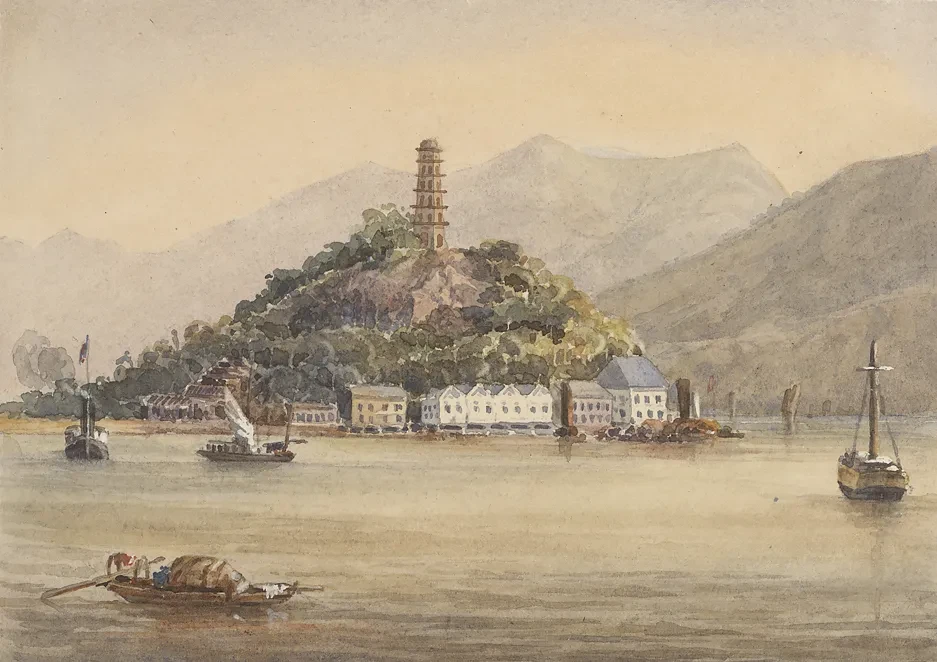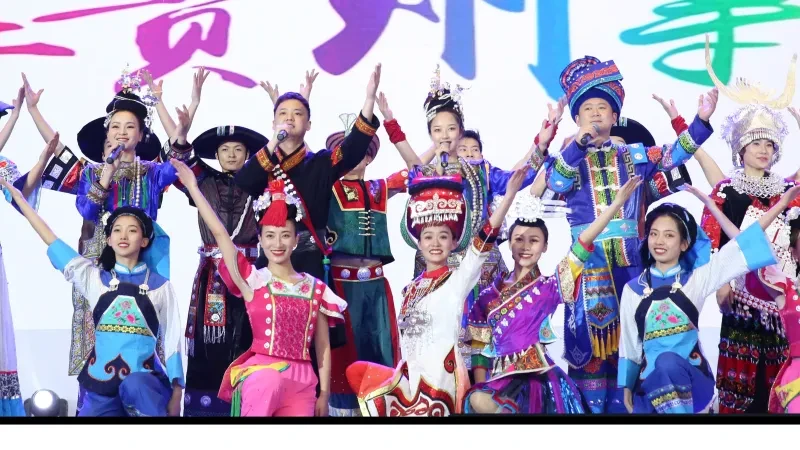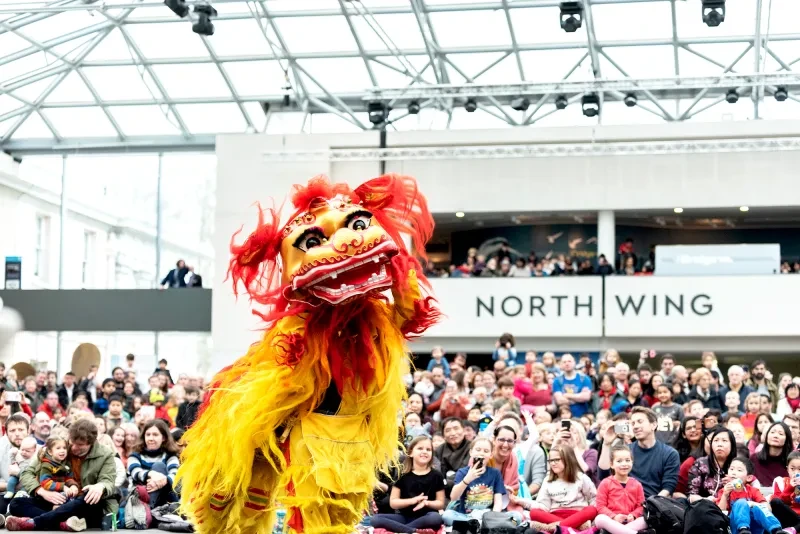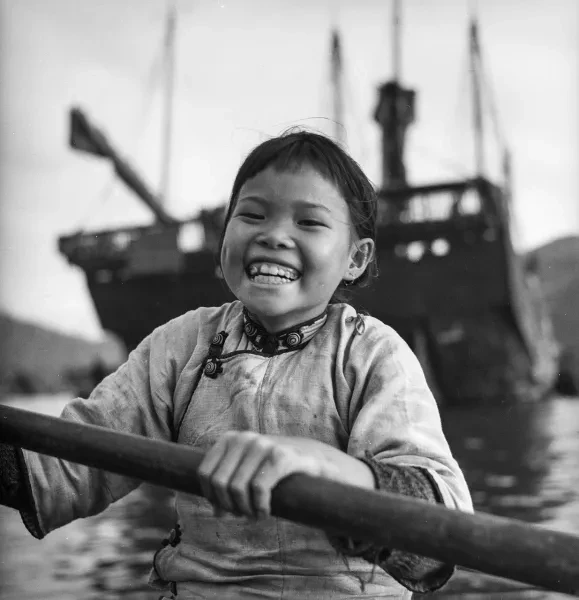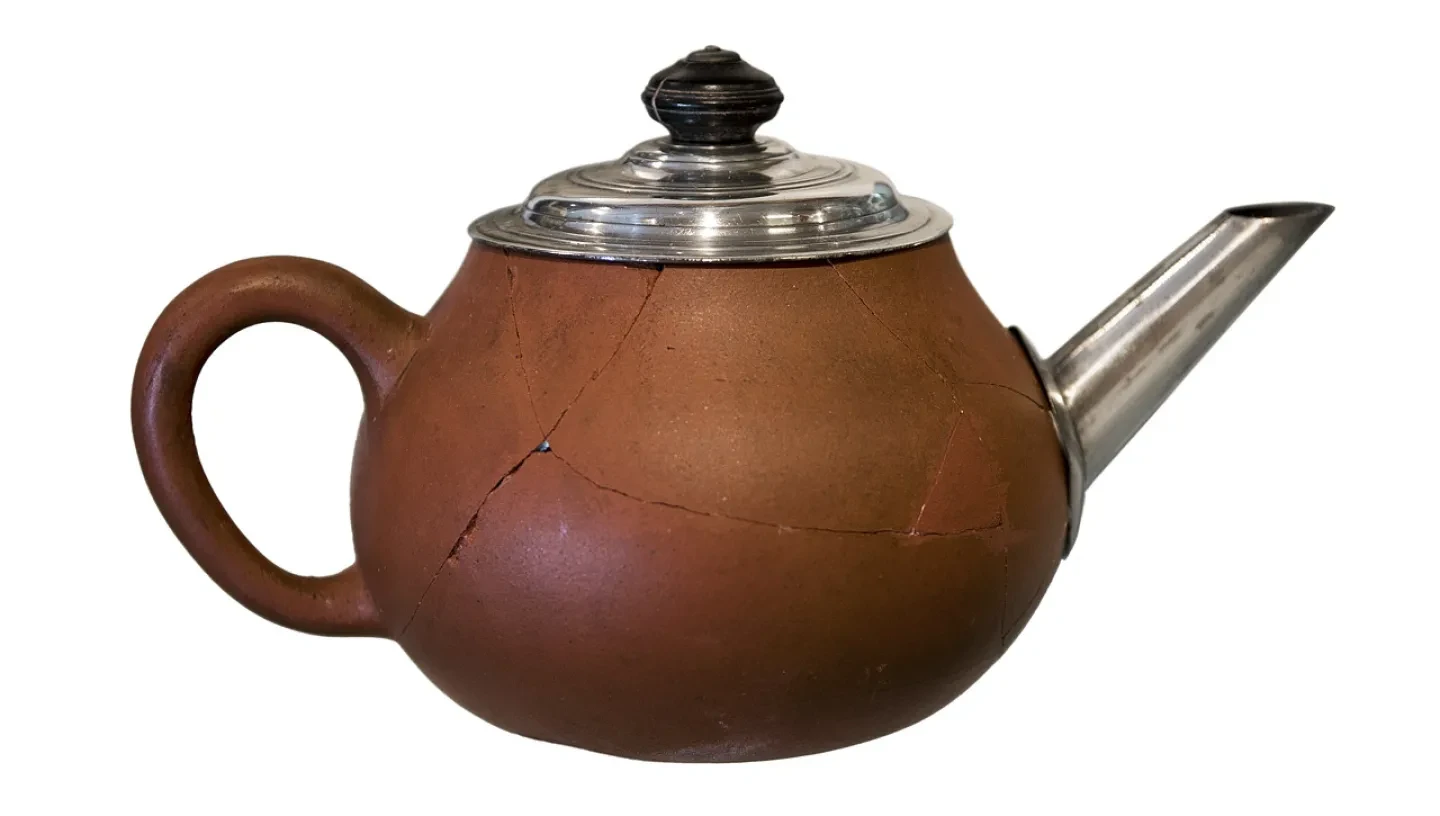
From weddings and holidays to hope for the new year, learn more about the history of tea traditions in China – and find out how to prepare for your very own Chinese tea ceremony.
History of tea ceremonies in China
Tea has been grown, drunk and traded in China for thousands of years. In fact, China is an original producer of tea and is renowned for its skills in planting and making tea. Traditions vary from province to province, but tea drinking is an integral part of all Chinese culture.
Customs of tea drinking spread to Europe and many other regions throughout the 15th and 16th centuries. In the 19th century, Cutty Sark was built in response to the sharp increase in the consumption of tea in the UK.
There are several special circumstances in which tea is prepared and consumed in China: preparing and serving tea at weddings or visiting tea restaurants during holidays is a traditional way for younger generations to show respect to older generations.
Tea is also drunk to celebrate family gatherings and meet-ups - for example, when a child leaves home.
For New Year celebrations, when socialising with family, it is tradition to drink a sweet red tea. The sweet tea symbolises hope that the following year will also be sweet!
How to prepare a Chinese tea ceremony
Michelle Lin from the Newham Chinese Association explains her traditional methods for preparing tea as part of a Chinese tea ceremony. Michelle's ceremonies are common among families in Taiwan.
Follow the step-by-step guide to Chinese tea ceremonies below.
Step 1: Prepare the tea set
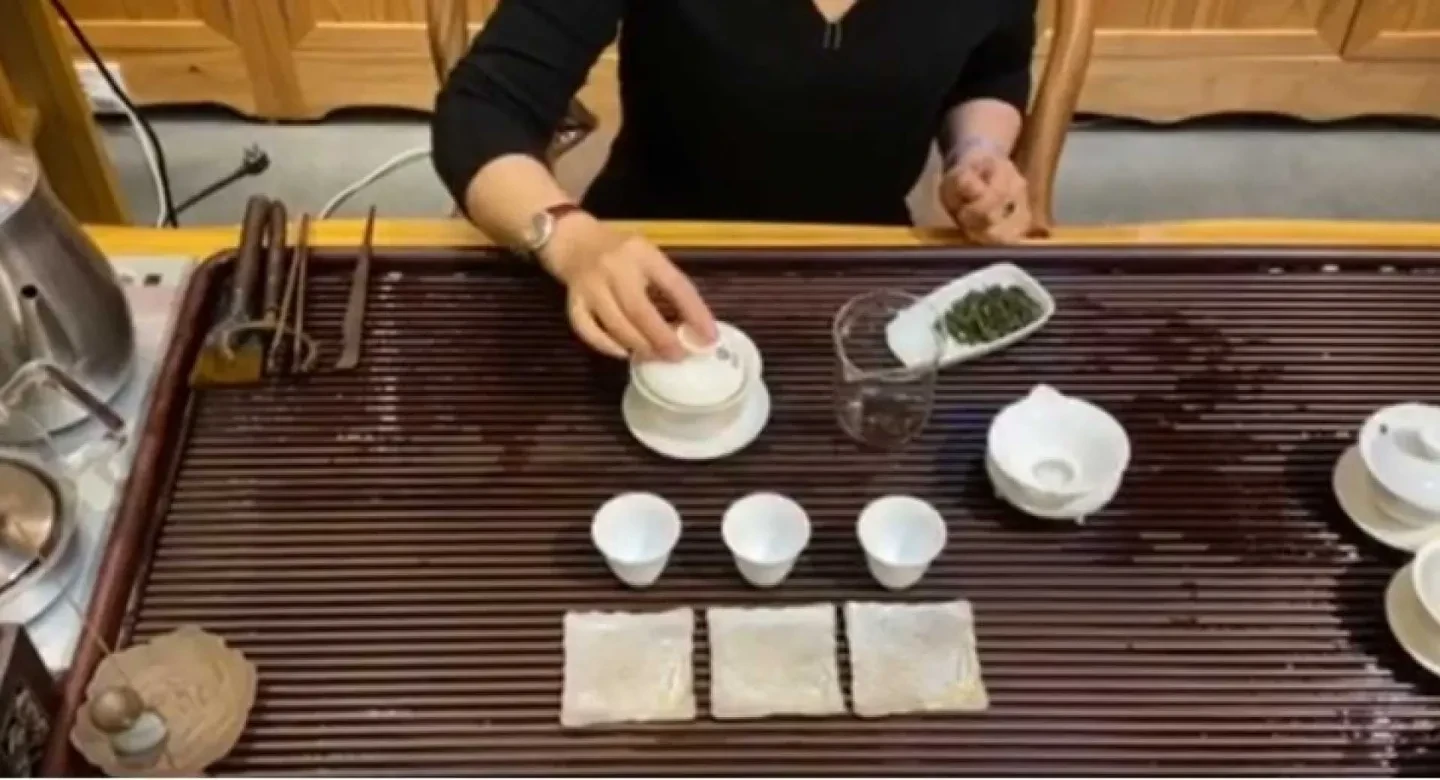
To hold a Chinese tea ceremony, a full tea set is needed, including teapot, teacups, tea strainer, kettle, water, tea leaves, tray, tea leaf holder.
Different tea sets should be prepared for different tea. For instance, white porcelain tea set is more often used for brewing and drinking green tea.
Step 2: Rinse the teapot and teacups with hot water
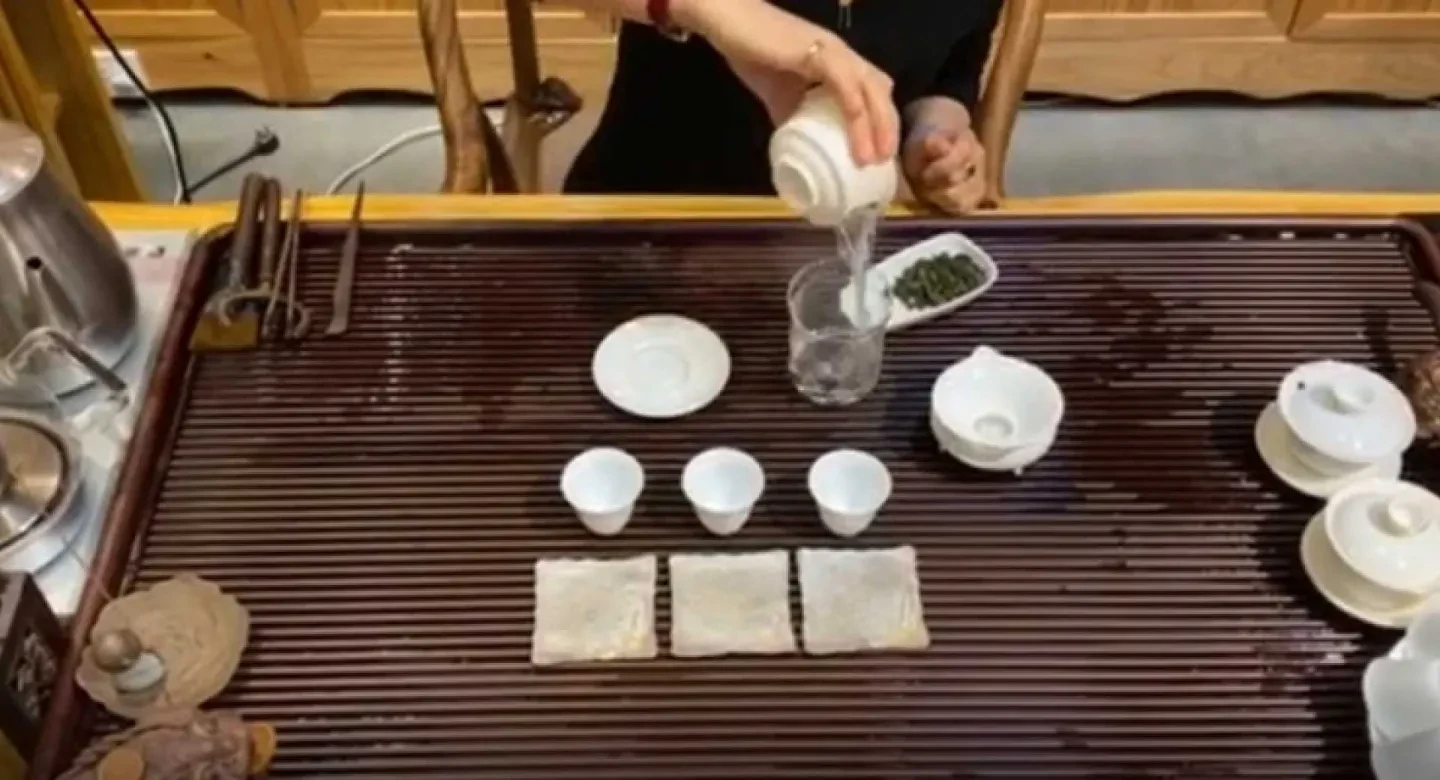
Rinsing preheats the tea sets, which helps to fully release the fragrance of the tea. Pour in the hot water and discard after a few seconds.
Step 3: Put the tea leaves into the teapot
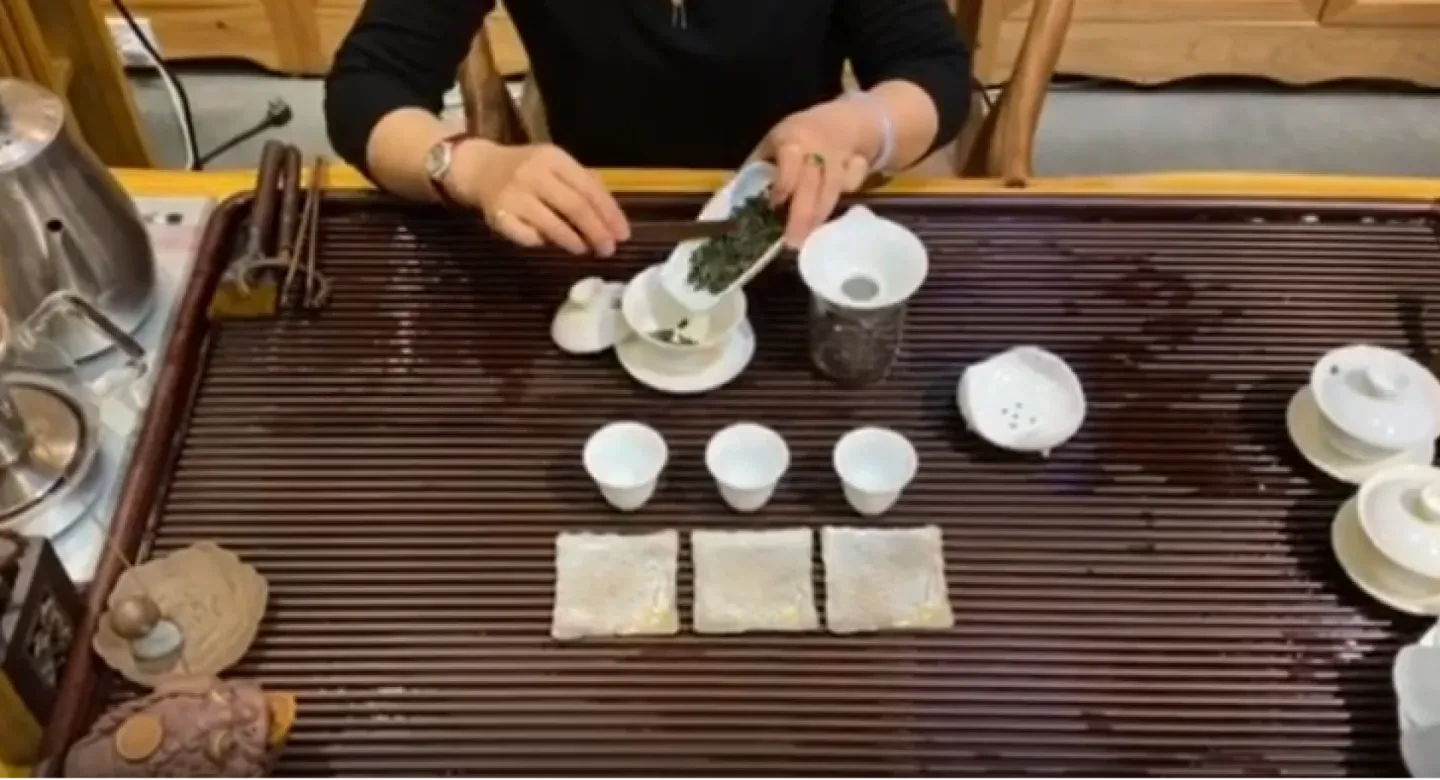
Use tea chopsticks or a tea scoop to move some tea leaves into the teapot. Usually, tea leaves should fill around one third of the teapot.
Step 4: Wash the tea leaves
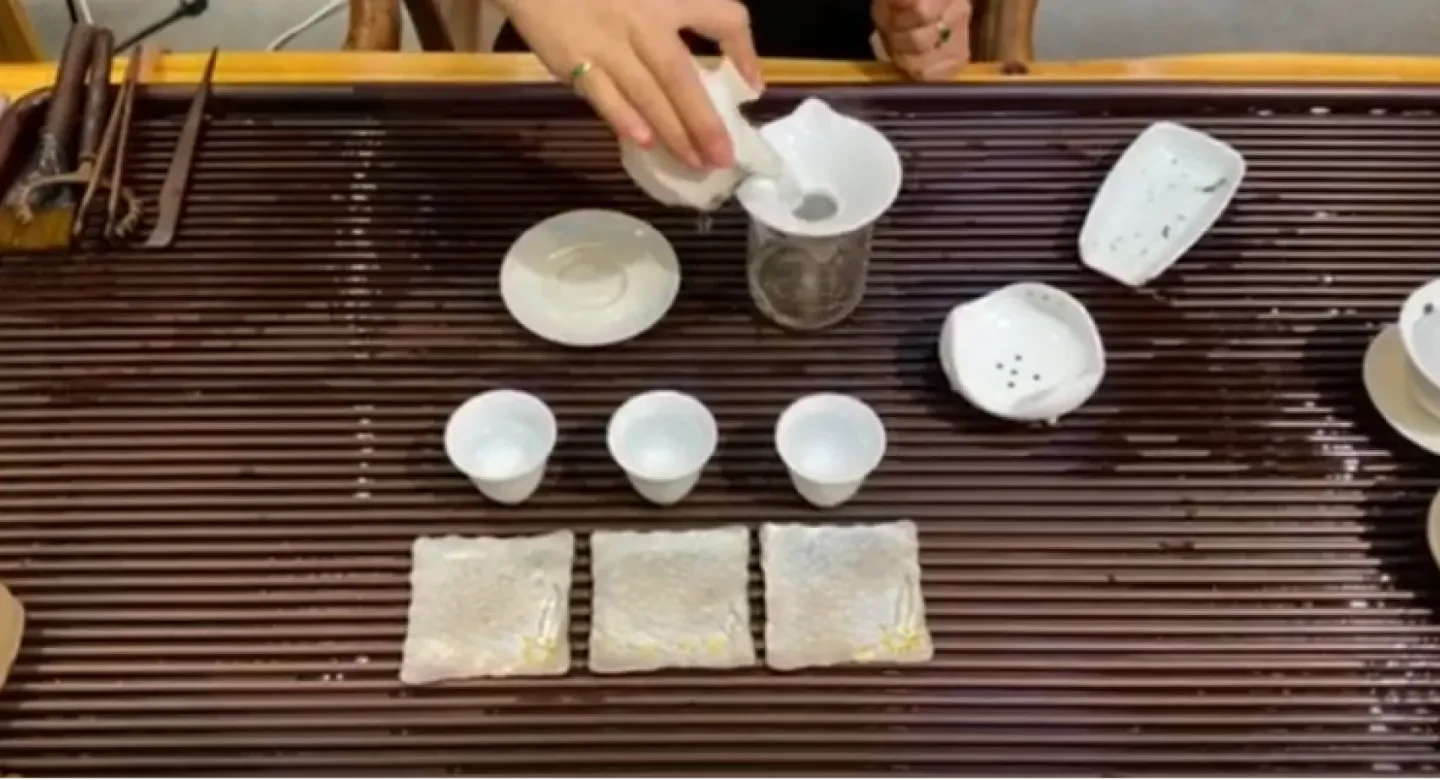
Pour the hot water into the teapot and leave for a few seconds, then quickly pour it out. The water of the first brew removes dust and impurities in the tea leaves.
Step 5: Brew the tea
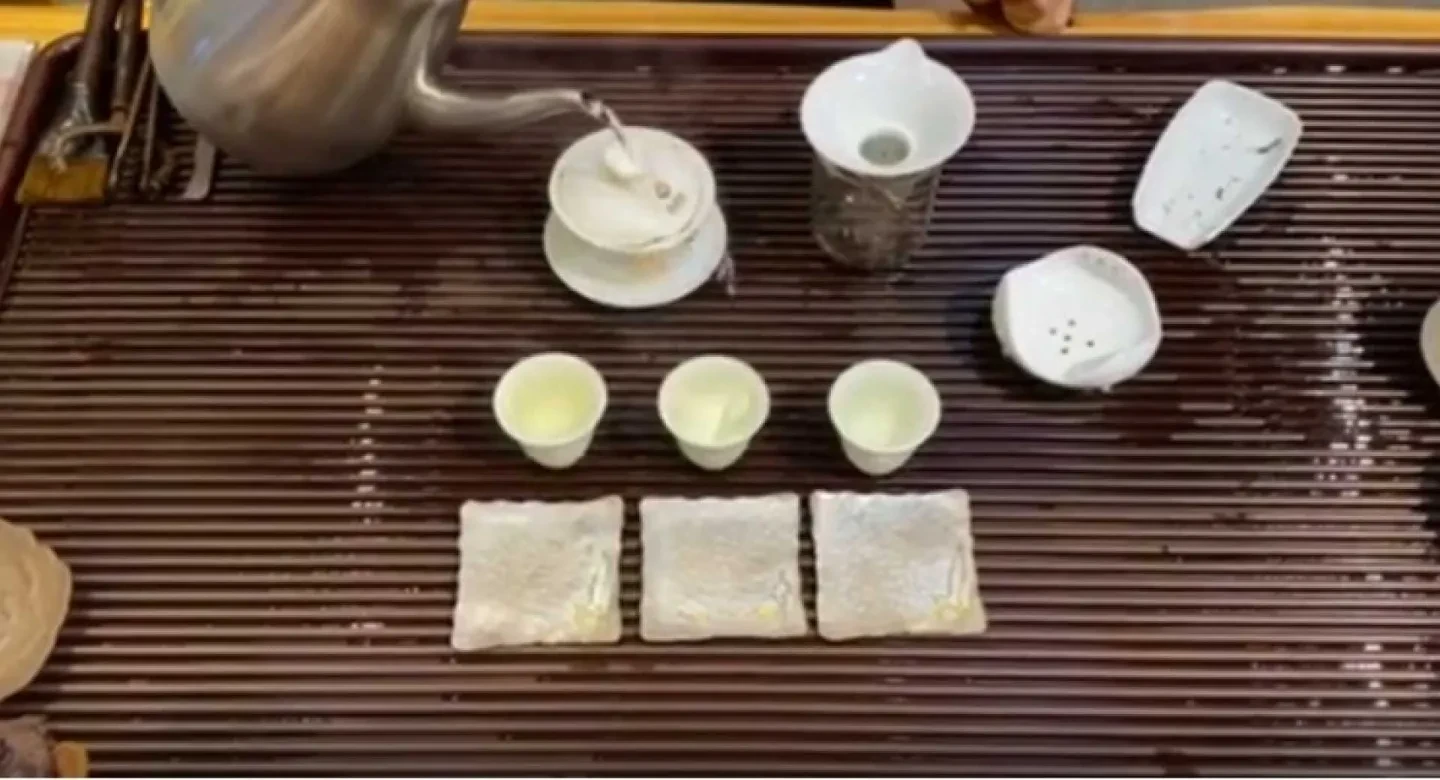
Refill the teapot with boiled water, cover and leave for a few seconds to preserve the aroma of the tea soup. Continue to pour hot water over the teapot to ensure equal temperature both inside and out.
Step 6: Rinse the tea cups
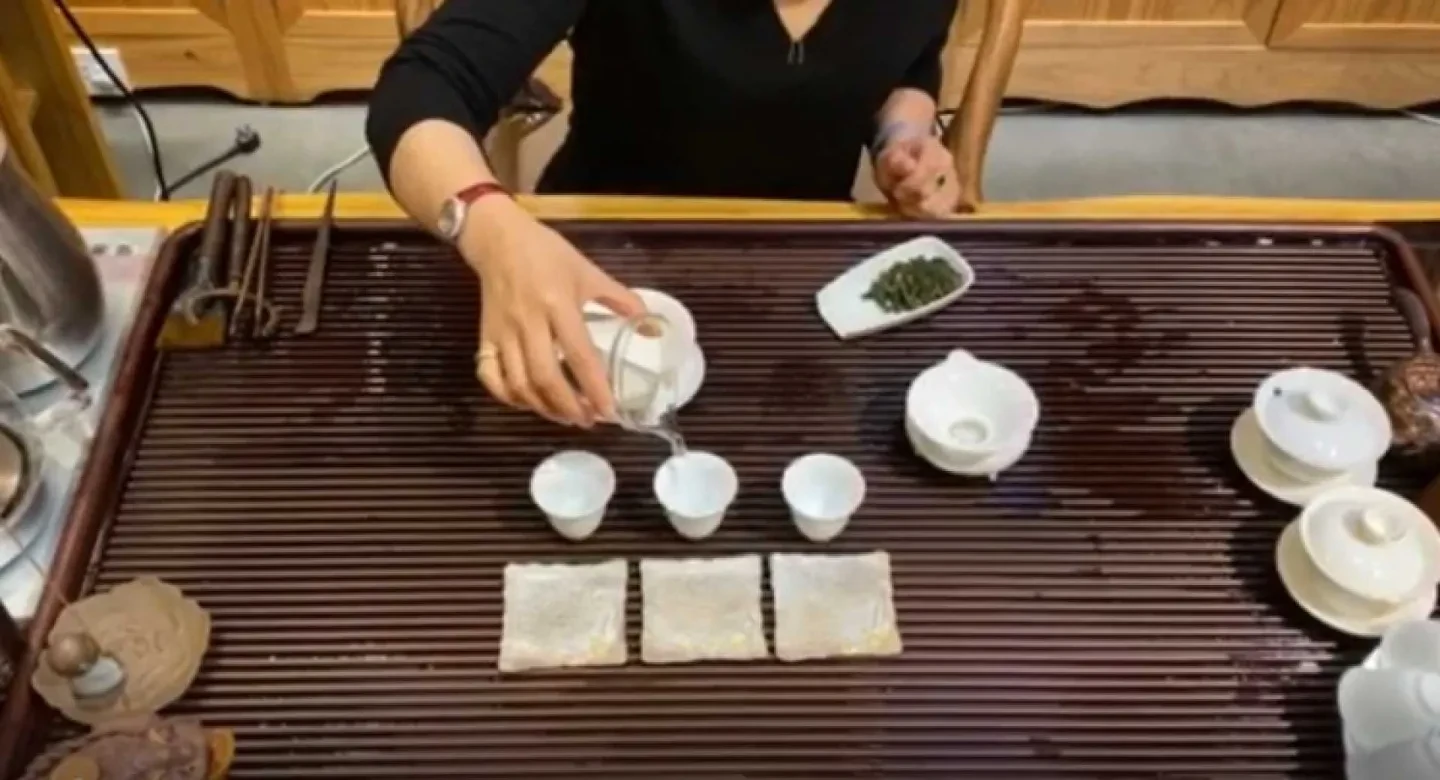
While you wait for the tea to brew, pour water into the cups to heat them, then discard the water.
Step 7: Pour the brewed tea
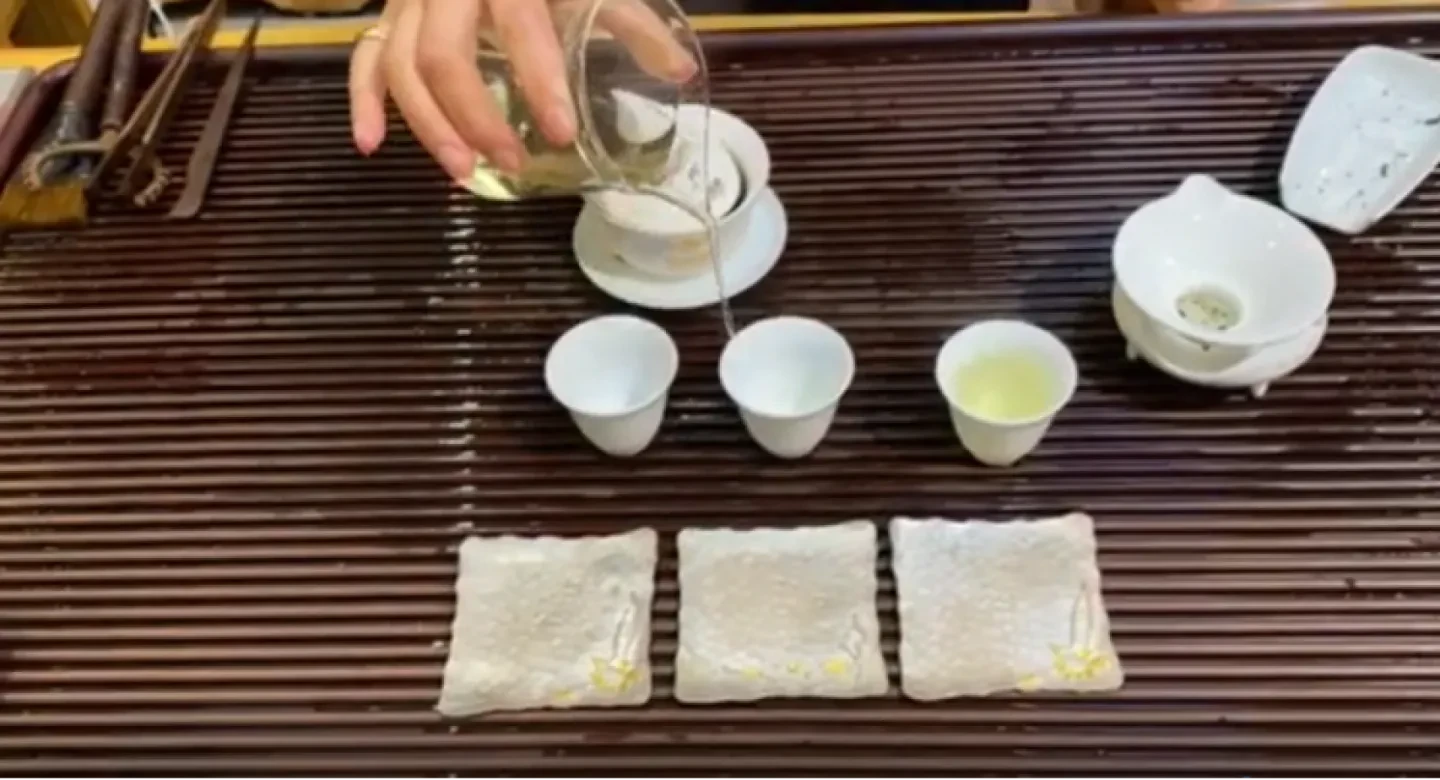
Pour the brewed tea into the heated tea cups and serve. Remember to serve the tea to guests with both hands to show respect.
Tea making in China today
Tea maker Lin Zhou Chong explains more about the differences between green, white, red and black tea, and how different brewing methods, cups and pots can affect the final taste.
